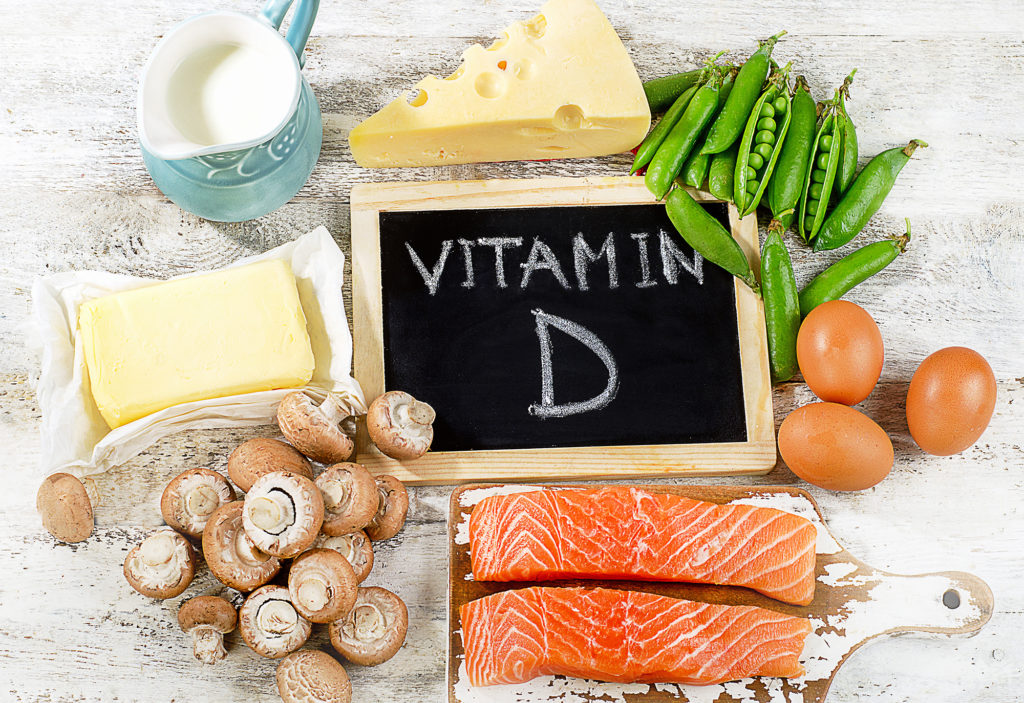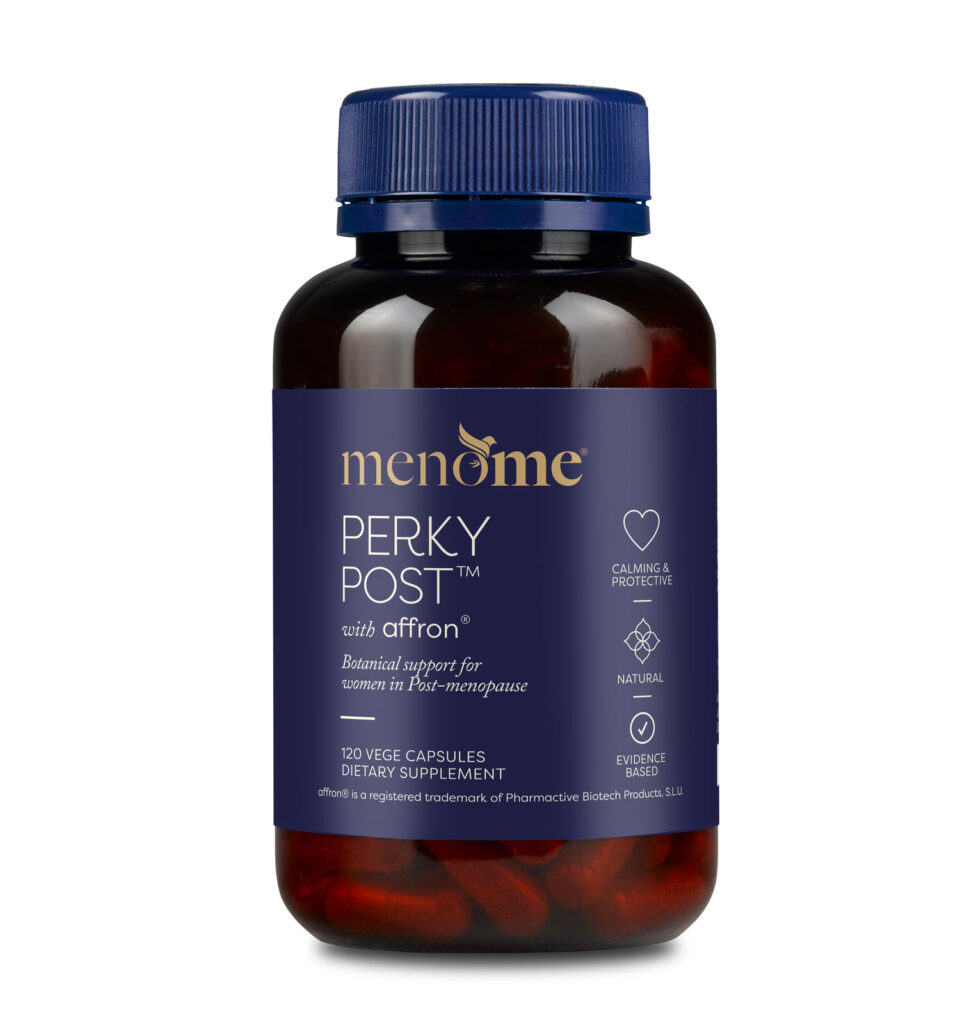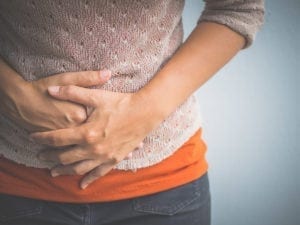What Is Vitamin D3 & Why Is It Called The Sunshine Vitamin?

Say hello to the sunshine vitamin!
Vitamin D3 is often called the sunshine vitamin which feels so good, doesn’t it? And that’s because our best source of D3 is via the sun.
However, newsflash! It’s not always possible to receive the best levels in this way especially as we go through peri/menopause.
Vitamin D is a fat-soluble vitamin essential to bone health. In addition, it helps the body absorb calcium and supports immunity.
So it’s very important particularly in peri and post-menopause. If you’re worried you’re not getting enough, please don’t as we’re here to help. But first, let’s cut to the chase. Or, to be super clear, to osteoporosis.
Osteoporosis
As we enter midlife our bone health becomes oh-so-important. Crucial even.
If you’re a regular here you no doubt know lots of changes occur in our bodies during perimenopause through to post-menopause.
As a result, one of the things we come up against is a higher risk of osteoporosis, a condition which can make our bones brittle.
So Vitamin D3 is important to us because it’s well-known for supporting bone health. And this is exactly why we’ve included it in Perky Post™ and 55+. We also added it as it plays a role in immunity, mood, sleep and joint health. All the good things!
Vitamin sunshine
It’s common knowledge that humans get their best levels of vitamin D from sunshine, right? Indeed, very few foods serve up vitamin D and when they do it’s often only in small amounts. But where it gets confusing is that there is both vitamin D2 and vitamin D3!
What’s the difference between vitamin D2 and D3?
Good question. There are two forms of vitamin D known as D2 (erogcalciferol) and D3 (cholecalciferol). And the one we’re super focused on is vitamin D3 as it’s believed to be more effective at keeping levels optimal.
If you’re confused, it’s not surprising especially when you usually only hear the sole term vitamin D referred to!
Indeed, vitamin D2 usually comes from plant and fortified food sources while vitamin D3 usually comes from animal sources such as fish oil and egg yolks. And vitamin D3 is the same form the body produces on sun exposure.
So for the purposes of this article, D3 what we’re referring to here.
Vitamin D deficiency has been called a global public concern. Indeed, the NZ Nutrition Foundation tells us that concern about vitamin D deficiency has re-emerged,
“as a result of health messages to reduce sun exposure and encouragement to use ultraviolet (UV) sunscreens.”

Of course, this doesn’t mean the sunscreen message is out-the-door because skin cancers and melanoma are risks of too much sun exposure. However, this can lessen our time in the sun leading to less production of vitamin D3 in our bodies. So we need to find a happy medium.
Bottom line: if you don’t get enough Vitamin D you can develop bone weakness, bone and joint pain and an increased risk of fracture.
Vitamin D deficiency
The Australian Department of Health say vitamin D is essential for skeletal health as it regulates calcium and phosphate metabolism. However, the Australian Health Survey 2011-12 (ABS 2014b) found over 30% of Australian adults have mild, moderate or severe deficiency.
As we all know Australia’s a big, beautiful country! So differences were seen across geographical areas with vitamin D levels lower in major cities than in other parts.
Back in New Zealand, the Ministry of Health tells us that approximately 5% of adult Kiwis are deficient in vitamin D and 27% more have below the recommended blood level (Adult Nutrition Survey 2008/2009).
Furthermore, around the world there are varying statistics.
Ideally, we need about thirty minutes of vitamin sunshine (without sunscreen) for vitamin D synthesis. And that’s on the face, legs or back at least twice a week.
If you feel you need a vitamin D test ask your GP to sort you out. 😊
Vitamin D is a hormone
Vitamin D is essential because it supports the absorption of calcium in our body. This helps both bone health and muscle function. What’s more, it’s unique because it’s actually a hormone and can work with other hormones to increase our calcium levels.
Vitamin D3
The recommended form of Vitamin D is D3 (colecalciferol). The same form our body makes from sunlight. 😊
We use a vegan variety in Perky Post™ and the D3 in 55+ is derived from sheep wool. But absolutely no animals are harmed in this process!

Foods that contain vitamin D:
- oily fish like salmon, tuna and sardines
- mushrooms grown in the sunshine
- whole or non-fat milk and milk products
- egg yolks
- cheese
- liver
Common foods that have vitamin D added:
- margarine and similar spreads
- some reduced-fat dairy products (milk, dried milk and yoghurt)
- plant-based dairy substitutes (soy drinks)
- liquid meal replacements.
In light of the increase of vitamin D deficiency throughout Australia, the federal government introduced mandatory fortification of vitamins and minerals such as vitamin D in certain foods like edible oil spreads as indicated in the: Australian Standard 2.4.2.
Risk factors for deficiency
- Having naturally very dark skin. This includes people from Africa, the Indian subcontinent and the Middle East.
- The skin not being regularly exposed to sunlight; for example:
- avoiding the sun because you have a high risk of skin cancer or are on photosensitising medications (these are medicines that make your skin more sensitive to the sun – your pharmacist or doctor will have advised you)
- regularly wearing clothing that covers a lot of skin (i.e veils or other clothing covering your legs, arms and face)
- not going outside.
- If you live in the South Island of New Zealand (especially south of Nelson-Marlborough) and get little time outdoors in the middle of the day between May and August, you may be at risk of vitamin D deficiency in spring.
- If you have liver or kidney disease or are on certain medications that affect vitamin D levels, you may be at risk of vitamin D deficiency.
How much vitamin D do we need?
The National Institute of Health recommends a daily recommendation of 600iu for men and women up to age 70, then 800iu.
The Medical Journal of Australia Vitamin D and health in adults in Australia and New Zealand: a position statement.
Feel you need some vitamin D? Get your Perky Post™ now. Click here.
We need to follow the recommendations and guidelines from the appropriate bodies in these cases so our thanks go to:











